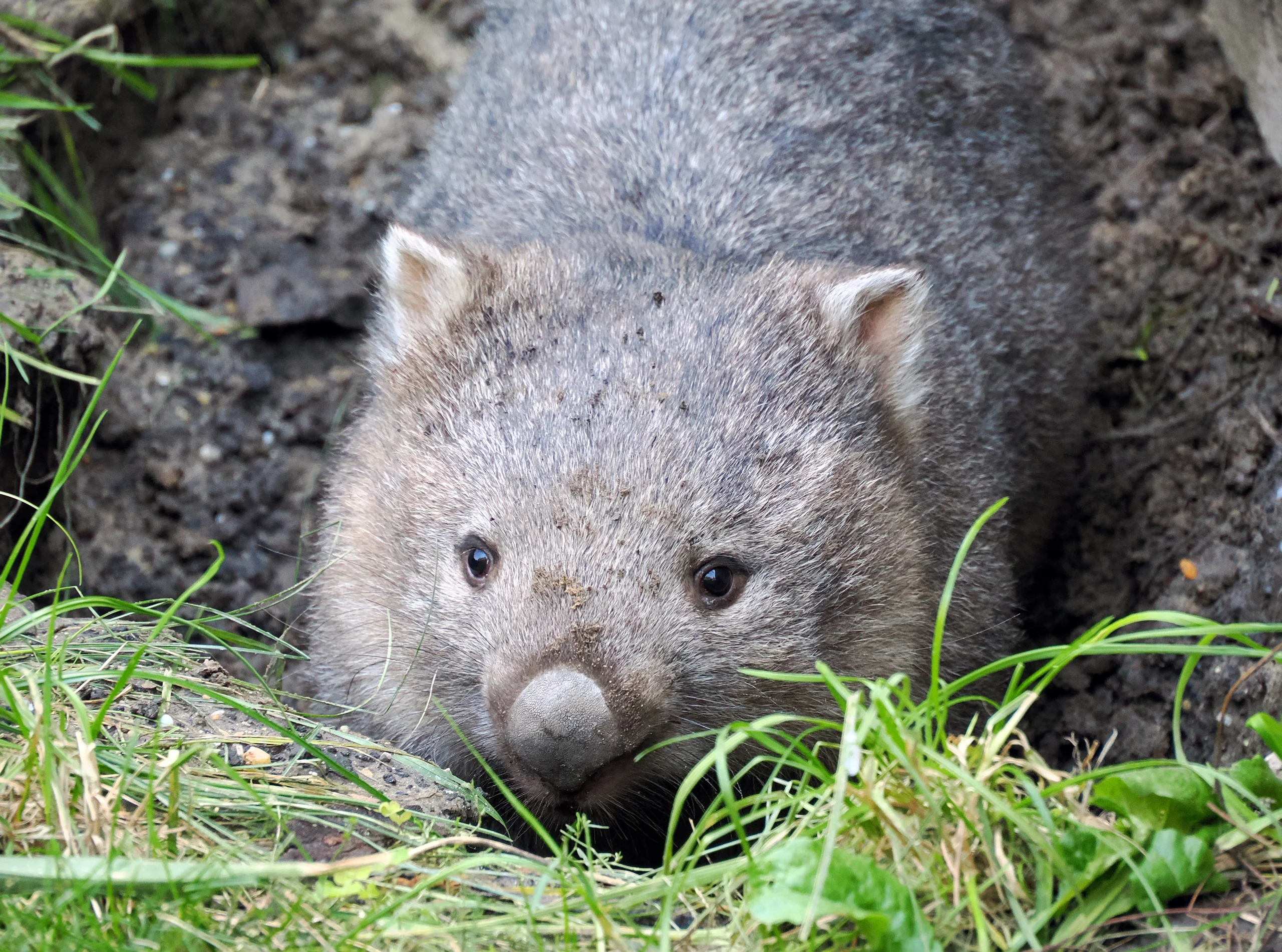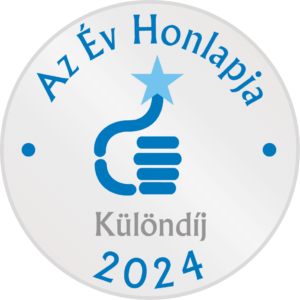Jelentősen kibővítettük a vombatok bemutatóhelyét. A megújult Vombatvár elegendő férőhelyet biztosít a már 6 kölyköt felnevelő idősebb, illetve egy új, fiatalabb tenyészpárnak, továbbá a jövendőbeli utódoknak is.

Szerdán délben adtuk át az új Vombatvárat. Az Ausztráliában őshonos, állatkertekben csak ritkán látható erszényeseket Állatkertünkben 2011 óta mutatjuk be folyamatosan, de a rendszeres szaporulatra való tekintettel a 13 évvel ezelőtt átadott férőhelyet jelentősen kibővítettük. A mintegy 20 millió forintnyi költséget az Állatkerti Alapítványhoz beérkező támogatásokból fedeztük. Az Alapítvány az elmúlt hónapokban több adománygyűjtő kampányt is hirdetett az új Vombatvár kapcsán: többek között művészi vombattalp-lenyomatok vásárlásával, vagy vombat tombolán való részvétellel is lehetett támogatni a kezdeményezést. A Vombatvár átadásán dr. Sós Endre, Állatkertünk természetvédelmi és állategészségügyi igazgatója külön is megköszönte azoknak a segítségét, akik támogatásukkal hozzájárultak a Vombatvár létrejöttéhez.
A vombatok az erszényesek csoportján belül a koalákkal állnak aránylag közelebbi rokonságban. Csak épp nem a fákon, hanem a talajszinten, illetve földalatti üregekben élnek. Ezért tréfásan szokták „földi koaláknak” is nevezni őket. A kenguruktól eltérően, de a koalákhoz hasonlóan a vombatok erszénye hátrafelé nyílik, ami többek között azért is szerencsés, mert ásás közben nem megy tele földdel.
A Budapesti Állatkertbe az első vombat még 1897-ben érkezett, majd 1911-ben is sikerült egyet beszerezni. Később pedig 1956-tól 1973-ig is élt egy vombat Budapesten. Ezt követően azonban közel négy évtizednyi szünet után, 2011-ben fogtunk bele ismét a tartásukba. A három vombatfaj közül Állatkertünkben a csupaszorrú vombatot (Vombatus ursinus) láthatja a közönség. A hazai állatkertek közül csak nálunk élnek vombatok, sőt egész Európában is mindössze 9 állatkertben lehet ilyen állatokat megcsodálni.
Budapesten nemcsak tartjuk, bemutatjuk a vombatokat, hanem sikeresen szaporítjuk is őket. A 2011-ben érkezett tenyészpár, Molly és Wally nászából összesen 6 kölyök született. Ez világraszóló szakmai eredménynek mondható, különösen annak fényében, hogy az első budapesti vombatbébi világra jövetele előtt egész Európában közel 100 év alatt, 5 különböző állatkertben mindösszesen 10 vombatbébi született.
A 2011-ben létesült kifutó és belső férőhely kibővítésére, jelentős átalakítására azért volt szükség, mert az idős tenyészpár, Molly és Wally mellett – akik továbbra is az Állatkert lakói maradnak – egy fiatalabb tenyészpárt is össze szeretnénk hozni. Ezt a párt Mia, a hároméves, budapesti születésű nőstény állat, illetve a jövendőbelijének kiszemelt, nála egy évvel idősebb hím, Kaoota alkotná. Kaoota, akinek a neve az esti sötétségre utal, már meg is érkezett Koppenhágából, és a Vombatvár átadásakor be is mutatkozott a nagyközönségnek. Az új Vombatvár 4 külső és 4 belső, szükség esetén egybenyitható, de teljesen külön is választható részből áll, így alkalmas a két tenyészpár, illetve Mia és Kaoota majdani utódainak elhelyezésére is.
Állatkertünkben nagy hagyománya van az ausztrál élővilág bemutatásának. Már 1866-ban, a megnyitás évében kétféle kenguru, illetve emu és több papagáj képviselte az ausztrál régió faunáját. Ma a látogató egy egész Ausztrál zónát talál nálunk: itt található a Vombatvár, illetve a jelenlegi formájában 2010-ben átadott Ausztrálház is. Kertünk munkatársai a vombatok mellett a szintén ritkaságnak számító hangyászsünök tartásában és bemutatásában is jelentős eredményeket értek el, igy azoknak az európai állatkerteknek a szakemberei, akik a jövőben vombatokkal vagy hangyászsünökkel szeretnének foglalkozni, rendszerint hozzánk járnak tanulni, tapasztalatokat szerezni. Egyébként Állatkertünk középtávú tervei között további, Ausztrália élővilágának bemutatásával kapcsolatos fejlesztések is szerepelnek. Többek között újra szeretnénk koalákat, illetve erszényes ördögöt is bemutatni.
Iratkozz fel hírlevelünkre és értesülj elsőként újdonságainkról, programjainkról és friss híreinkről!

